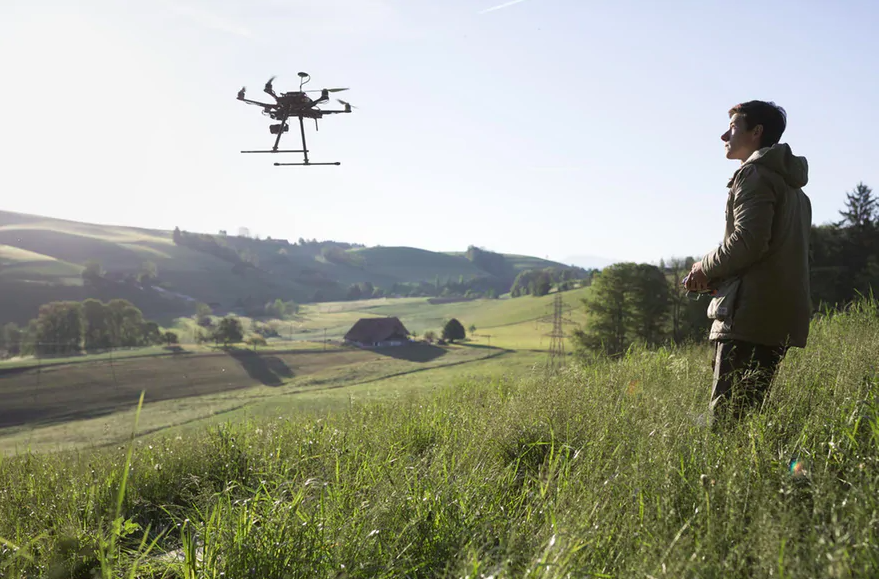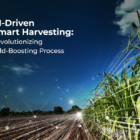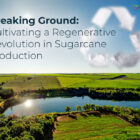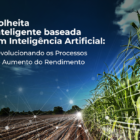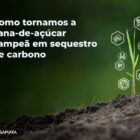Based on information relayed by a Swiss start-up, the owner of a sugar mill in India tells local cane farmers it’s almost time to harvest their crop. This is the brave new world of smart farming: integrating advanced technologies such as remote sensing, big data, artificial intelligence and robotics into everyday farm management.
The information provided to the sugar mill owner came from Gamaya, a spin-off of Lausanne’s Federal Institute of Technology (EPFL), which applies its own crop and region-specific algorithms to satellite imagery. Gamaya teamed up with India’s largest tractor manufacturer Mahindra & Mahindra last year in a deal worth CHF4.3 million ($4.4 million).
Drones and satellites have become a popular tool for farmers to survey their lands and generate crop data with the help of agritech companies. Gamaya uses different kinds of image-gathering technology depending on the site, such as special drone-mounted cameras to assess crop status.
“Mounted on a drone, our hyperspectral camera captures very rich images,” says Thomas Peyrachon of Gamaya. The camera can capture 40 different bands of light, he explains, compared to three in standard cameras. That allows it to detect subtle variations in light reflected on the plant and read its condition.
Less is more
Between 20 and 40% of the world’s grain harvest is currently lost to pests and disease, according to the Food and Agriculture Organization. Meanwhile, the average farm can generate half a million data points per day, everything from soil temperature to individual milk yields to the presence of pests in a crop.
When this information is converted into sound advice, farmers can operate in a much more precise way, using fewer resources. Even in one field of maize, for example, there may be different patches that need replanting, or the application of fertiliser, pesticides, herbicides or fungicides at a given time.
The rationale behind all the new developments is the same as it’s always been in farming – to get the best yield and quality across the board. But now, looking at the damage done to agricultural land, we are in the era of “less is more”. We still need more food, but we want to conserve resources in a way that protects the environment from further degradation.
Centralised
“There is plenty of research activity in all directions. We hope to build Switzerland up to become a strong hub, especially for data capturing and data analytics, where we have a lot of expertise,” says Roland Siegwart, professor for autonomous mobile robots at the Federal Institute of Technology in Zurich (ETHZ). He previously worked with Gamaya on a project in Ukraine involving the European Space Agency.
Gamaya is currently focusing on the Brazilian sugarcane and soybean markets, since large-scale farming countries like Brazil and the United States are looking to agritech companies for help with drone and satellite imagery. In sugarcane, where some farms are up to 100,000 hectares in size, the Swiss start-up has developed a solution to detect planting gaps with its drone detectors.
Read the original article in the following link.
Article date: April 22, 2020
Article written by: swissinfo.ch
